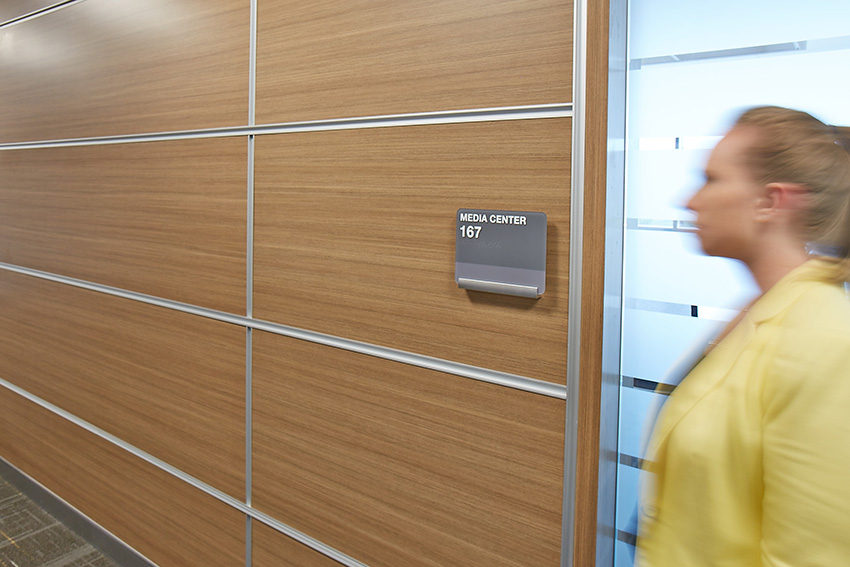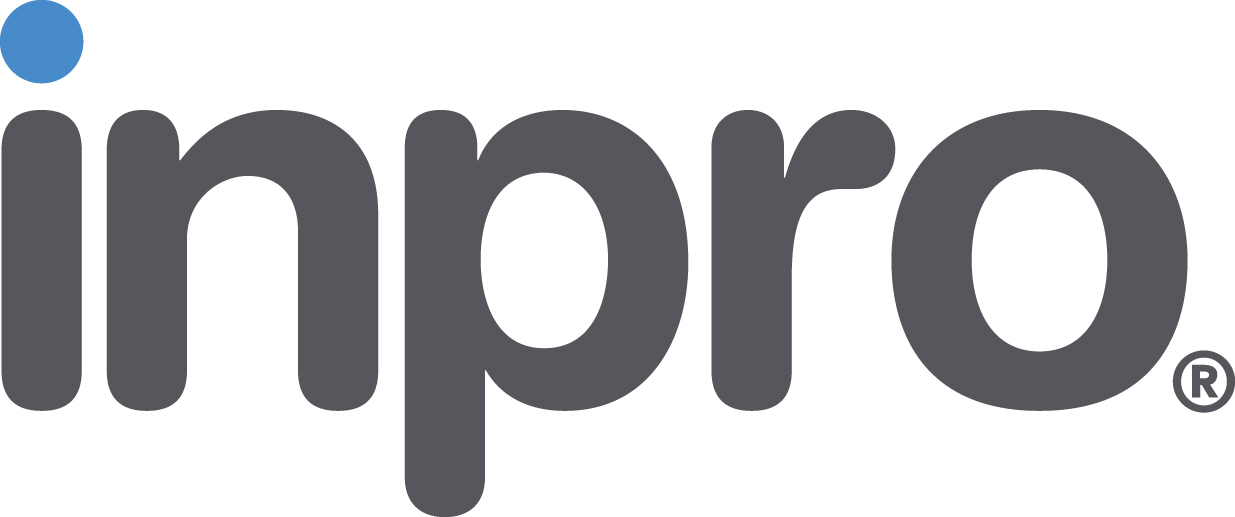Reading the Room
 1 AIA LU/HSW; *1 ADA State Accessibility/Barrier-Free; 1 GBCI CE Hour; 0.1 ICC CEU; 0.1 IACET CEU*; 1 AIBD P-CE; AAA 1 Structured Learning Hour; This course can be self-reported to the AANB, as per their CE Guidelines; AAPEI 1 Structured Learning Hour; This course can be self-reported to the AIBC, as per their CE Guidelines.; MAA 1 Structured Learning Hour; This course can be self-reported to the NLAA.; This course can be self-reported to the NSAA; NWTAA 1 Structured Learning Hour; OAA 1 Learning Hour; SAA 1 Hour of Core Learning
1 AIA LU/HSW; *1 ADA State Accessibility/Barrier-Free; 1 GBCI CE Hour; 0.1 ICC CEU; 0.1 IACET CEU*; 1 AIBD P-CE; AAA 1 Structured Learning Hour; This course can be self-reported to the AANB, as per their CE Guidelines; AAPEI 1 Structured Learning Hour; This course can be self-reported to the AIBC, as per their CE Guidelines.; MAA 1 Structured Learning Hour; This course can be self-reported to the NLAA.; This course can be self-reported to the NSAA; NWTAA 1 Structured Learning Hour; OAA 1 Learning Hour; SAA 1 Hour of Core Learning
Learning Objectives:
- Discuss how signage has evolved to create more welcoming spaces in support of occupant well-being.
- Identify the latest signage material and manufacturing processes and their impact on occupant safety.
- Describe the liability exposure building owners face for non-compliance with ADA.
- Explain how ADA compliance leads to healthier, safer, and more welcoming environments.
This course is part of the ADA Academy
Wayfinding
Wayfinding refers to the process of navigating and orienting oneself within a space, and it is crucial to create an environment that is intuitive, visually engaging, and easy to navigate. Art can play a significant role in supporting wayfinding through various facilities, including schools, office spaces, and healthcare facilities. A wayfinding system that helps patients, families, visitors, and staff find their way around a healthcare space is critical. Artwork can play a successful role in such a solution next to or incorporated into signage.

Photo courtesy of Inpro
A well-designed wayfinding system is essential for guiding patients, families, visitors, and staff within a healthcare facility.
Art can be incorporated into signage systems to make them more visually appealing and memorable. Instead of using plain, generic signs, artistic elements such as creative typography, colors, or pictorial representations can be employed to help people easily identify different areas, rooms, or departments within a facility.
- Art installations or distinctive visual features can serve as landmarks that help people recognize and remember specific locations within a facility. These landmarks can act as reference points and aid in orienting oneself in unfamiliar surroundings.
- Strategic use of color and contrast in artwork can also be employed to guide people through a space. Bold or contrasting colors can be used to highlight important areas or pathways, while muted or softer colors can indicate less important or secondary areas.
- Art can be used to establish thematic elements that reflect the purpose or identity of different sections within a facility. For example, in a school, each department or grade level might have its own distinct theme represented through artwork, making it easier for students, staff, and visitors to identify and navigate specific areas.
- Maps and murals can be created as large-scale art installations, providing both functional information and aesthetic appeal. They can be placed strategically at key locations within a facility, offering visual guidance and helping individuals understand the overall layout of the space.
- Artwork that encourages interaction, such as touch-sensitive displays or kinetic sculptures, can engage individuals and draw their attention to specific areas or pathways. Interactive elements can be incorporated into the artwork, prompting people to explore and follow a designated route.
CONCLUSION
Architects have a powerful tool at their disposal to promote healthy and happy design through innovative signage. By understanding the principles of human-centered design, architects can create environments that prioritize accessibility, functionality, and aesthetics. With signage, they can encourage healing, learning, and/or productivity through user engagement and wayfinding. New technologies focus on both durability and aesthetics while still ensuring that signage solutions adhere to ADA guidelines, guaranteeing accessibility for all individuals, including those with disabilities. The successful fusion of these elements not only enhances the functionality of the built environment but also contributes to a more inclusive, enjoyable, and empowering experience for everyone who interacts with it.
Erika Fredrickson is a writer/editor focusing on technology, environment, and history. She frequently contributes to continuing education courses and publications through Confluence Communications. www.confluencec.com





